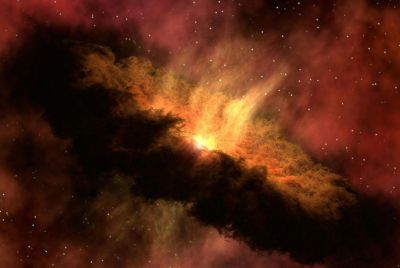Fears of Radioactive Contamination as Spacecraft Comes Crashing Down

Marking the latest episode in the series of failed Mars missions, a Russian spacecraft loaded with highly toxic material and radioactive content is crashing down to Earth.
While the Russian Federal Space Agency maintained that the highly toxic material on board Phobos-Grunt, the spacecraft which was meant to land on Phobos, the larger of Mars' two moons, poses no risk of radioactive contamination, experts warn that if the fuel freezes, it could survive entry into the Earth's surface and trigger serious contamination if it falls over populated areas.
Phobos-Grunt has been stuck in its orbit around the Earth for quite some time since its launch in early November. The European Space Agency announced that it had ceased attempts to establish contact with the spacecraft after it went totally silent towards the end of last month.
On Friday, Roscosmos, the Russian space agency, said that the debris would hit the Earth's surface sometime between January 6 and 19. But it is too early to suggest the exact location where the failed unmanned probe would hit, the agency added while specifying that there will be 20-30 fragments that together weigh around 200kg.
Roscosmos also maintained that the radioactive material on board the spacecraft would pose no danger of contamination as the fuel will burn up some 100km above the Earth's surface. The 14.6-ton spacecraft has 12 tons of highly toxic fuel including 10kg of Cobalt-57.
A good half of the 45 Mars missions from the U.S., Russia, Japan, the European Union and China have either failed or simply vanished. This ominous distinction has earned it names like the "Death Planet" or the Bermuda Triangle of the solar system.
© Copyright IBTimes 2025. All rights reserved.



















